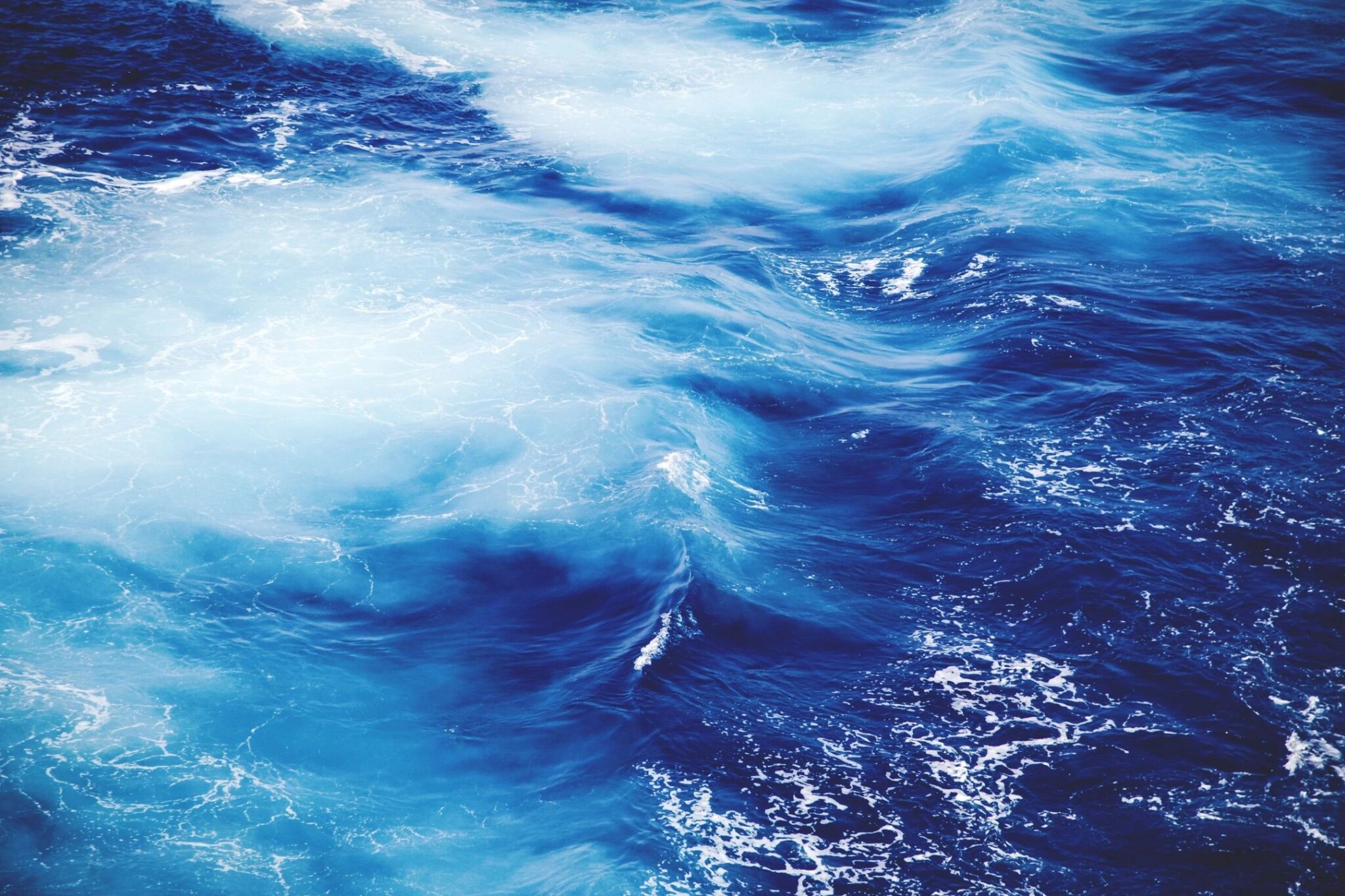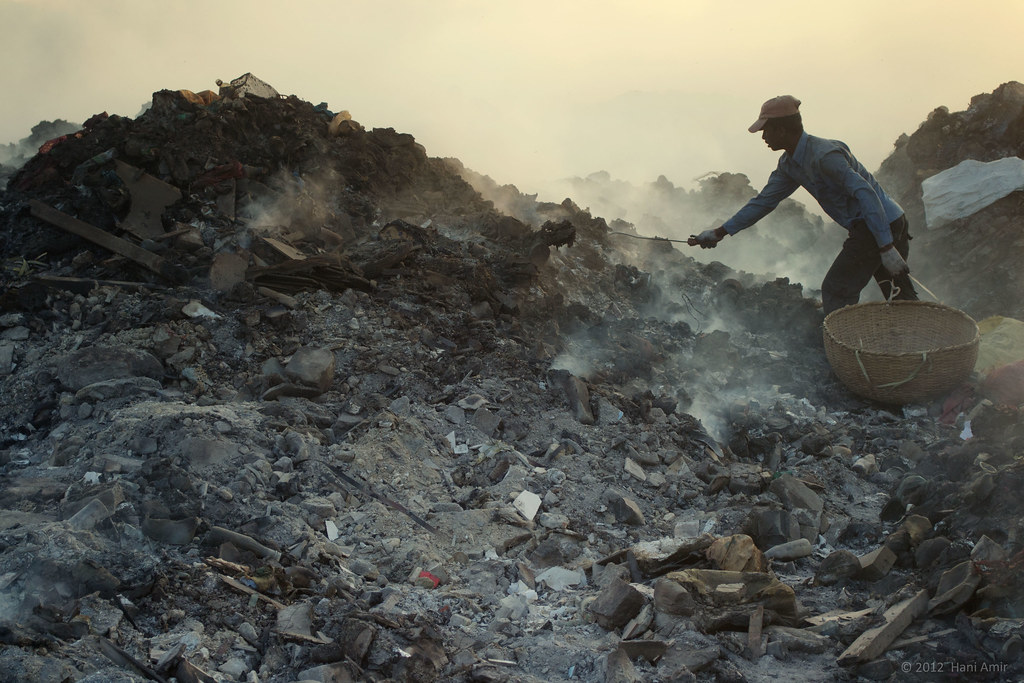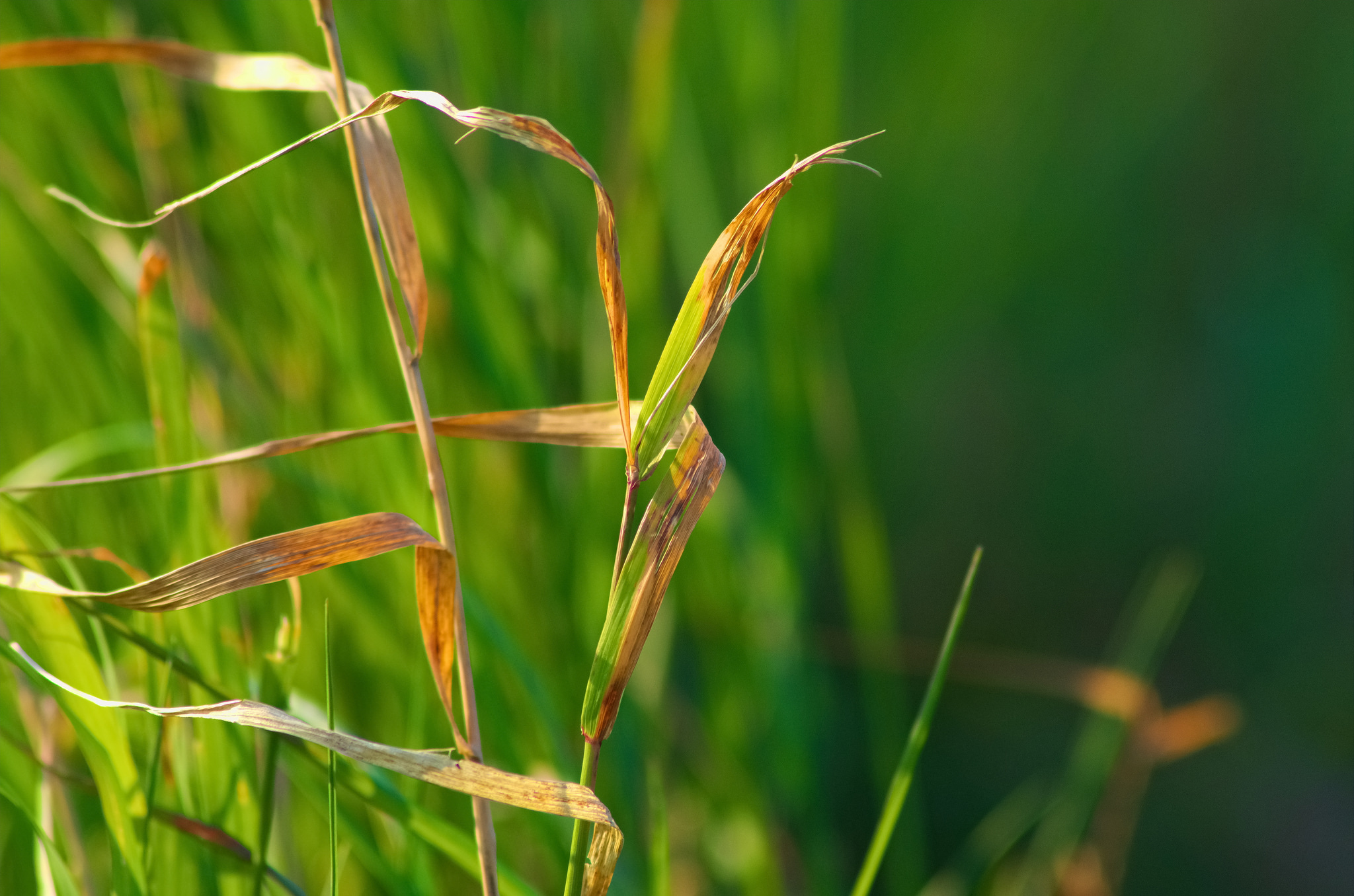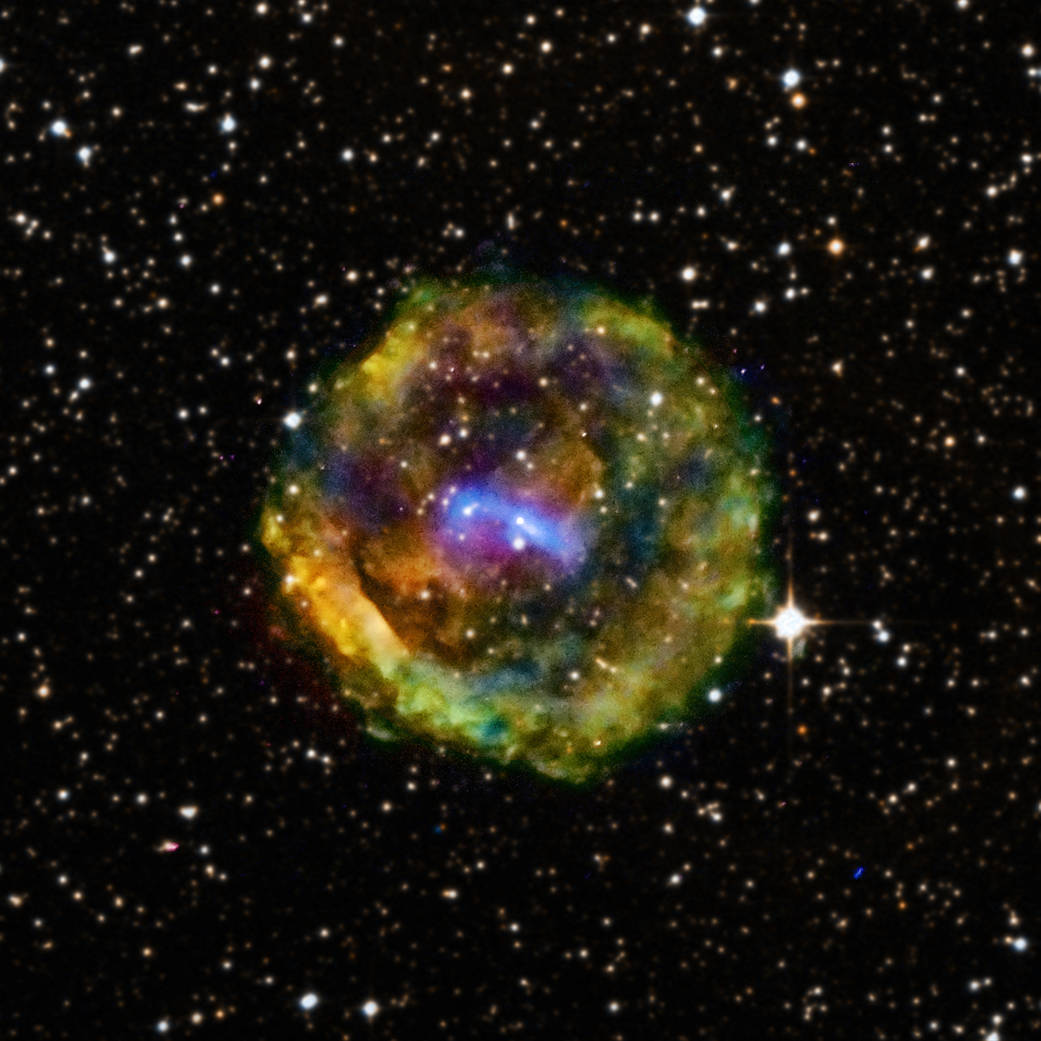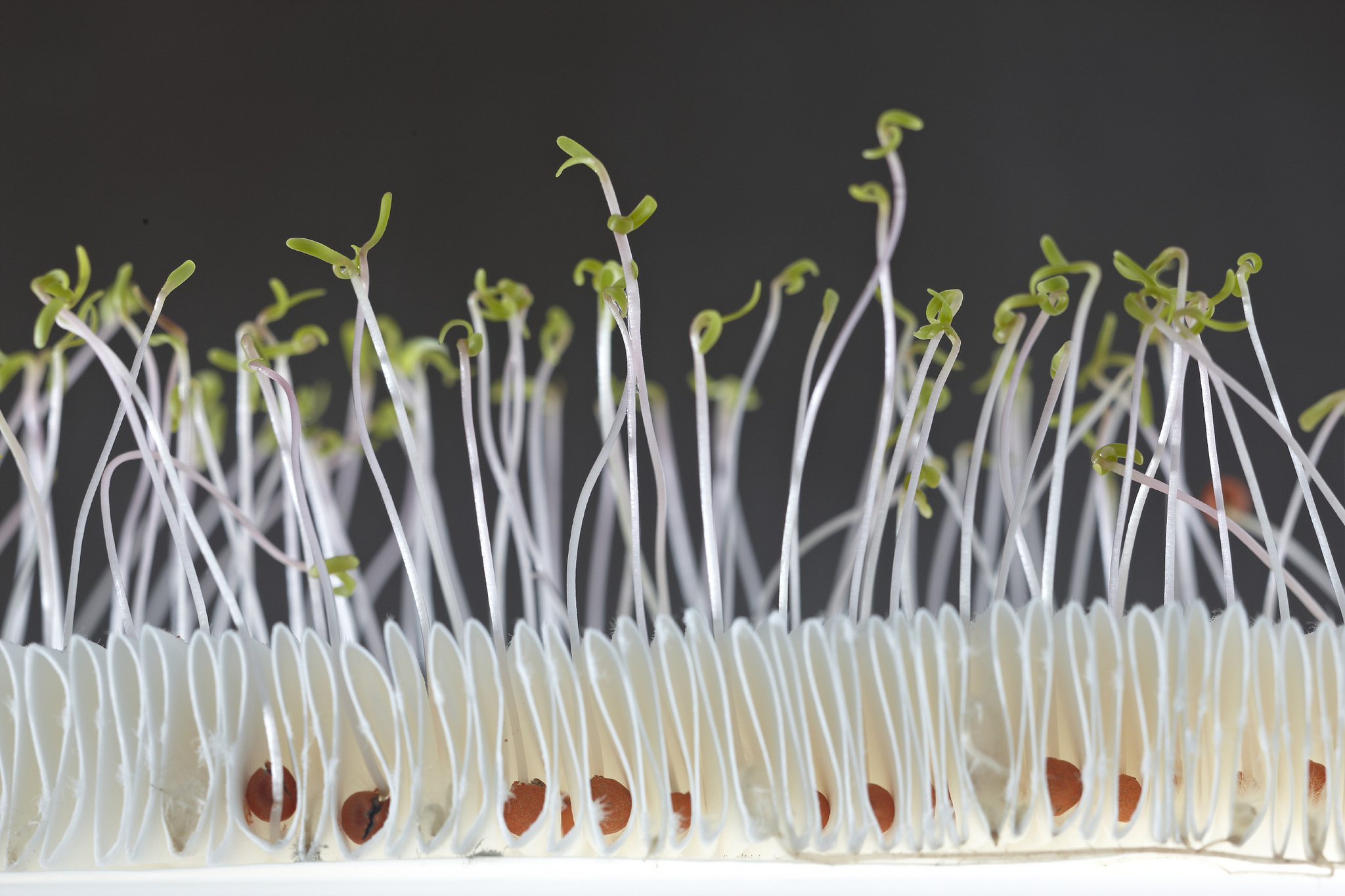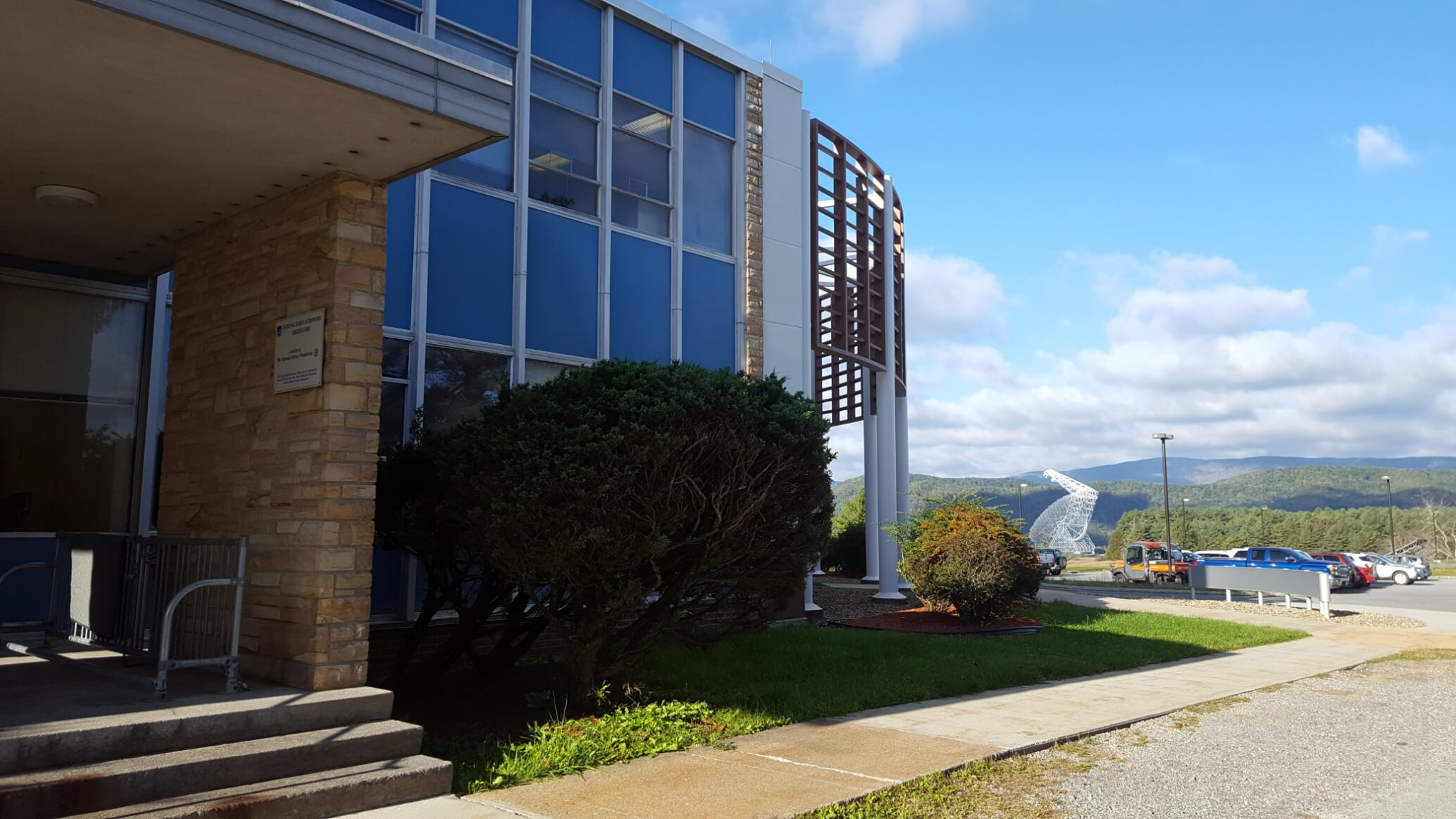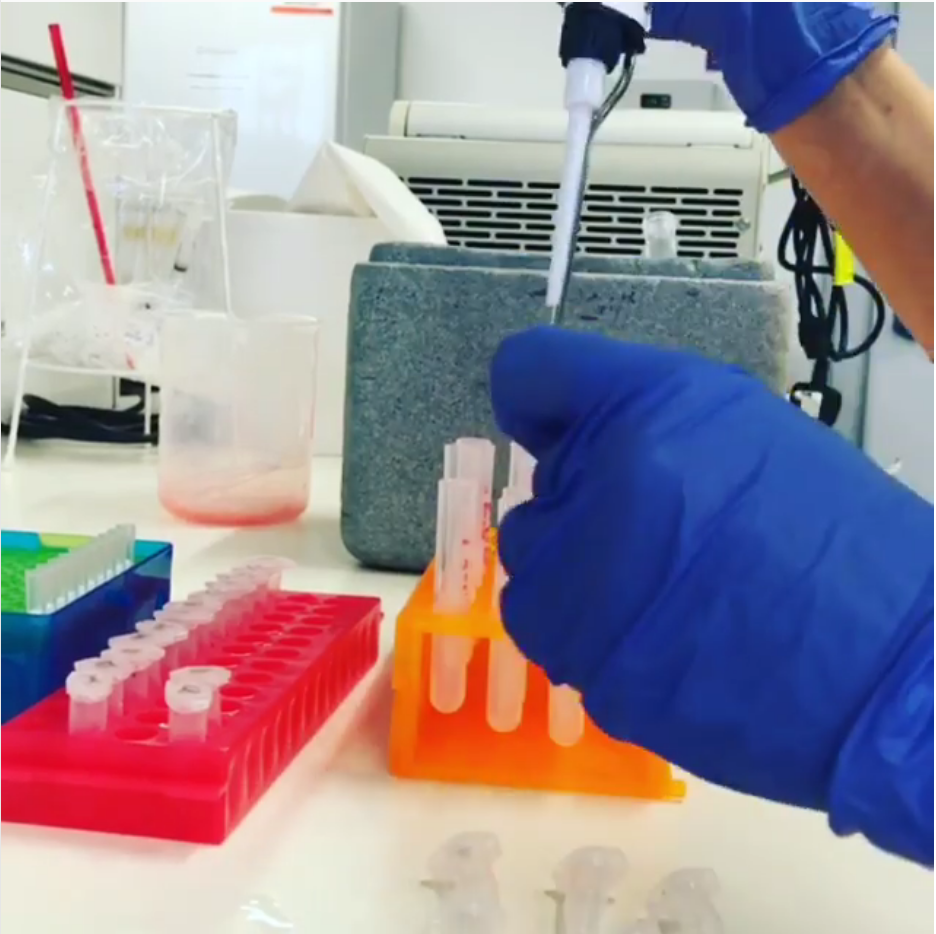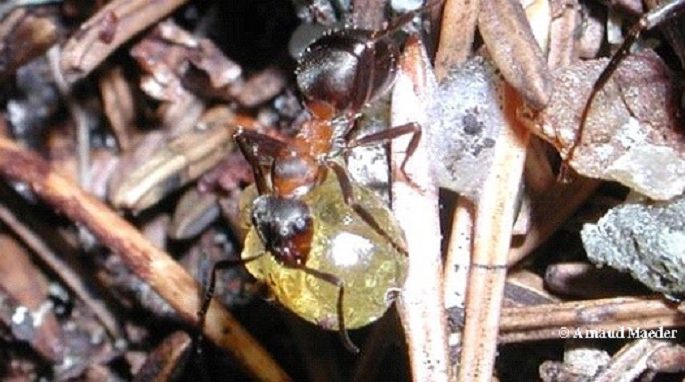Learning Where Water Comes From, With Isotopes
Researchers track the origins of water across the world, and how it varies over time and place, by analyzing its hydrogen and oxygen isotopes. by Nicholas Dove and Alyssa Abbey Did you ever wonder where your water is coming from? For many of us, drinking a glass of water is as easy as turning on the tap. But, the journey of water from a single raindrop to your drinking glass starts long before then. Water can actually travel hundreds of miles or take hundreds of years before it finally reaches…
Read More
